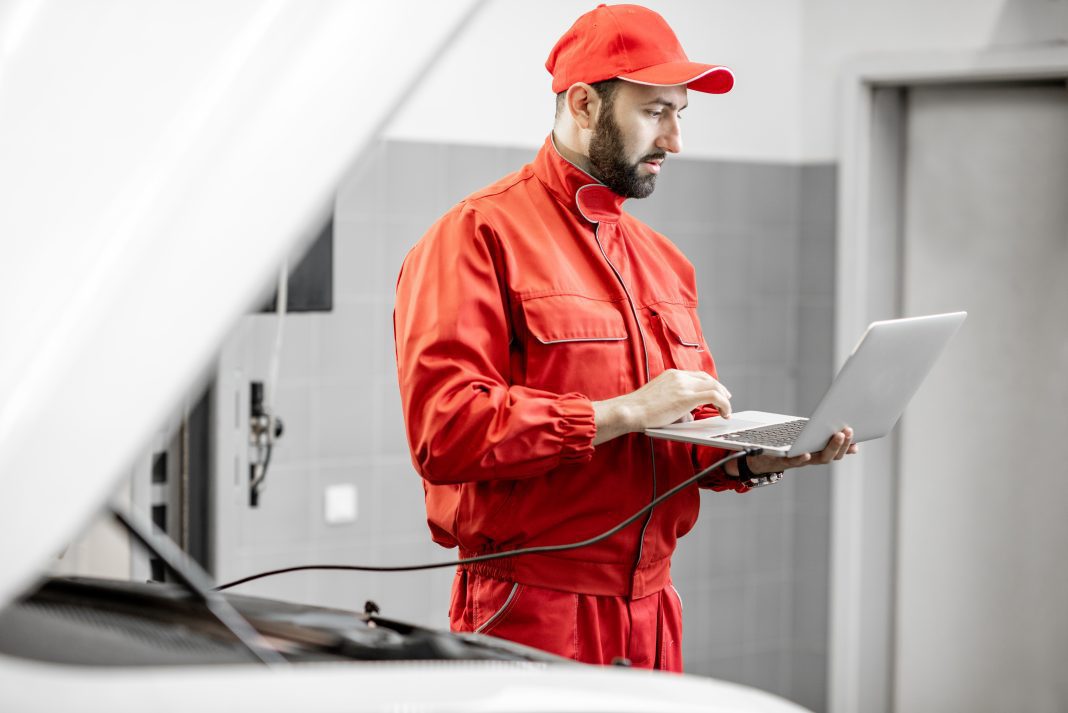With the arrival of the technician shortage and the drive to increase profits in the dealership, service departments might find that using camera-based inspection systems could be a valuable tool. The automated inspection process can be used in the service bays or to scan a vehicle after it arrives from the auction.
To determine the value of these camera-based systems, we must first look at their ability. After all, it would need to provide enough service to justify the expense.
Camera-based inspection system studies
UVeye and Bodyguard are two of the main competitors in the automated inspection system market right now. Both companies provide tools that work relatively the same, so it’s fair to assume that many of the same benefits would be seen with either.
In a national survey done by UVeye, 45% of service workers at garages and dealerships indicated that the tire inspection system would be able to pinpoint severe issues, ensuring customers would be safer. Additionally, the underbody systems can find more issues in a shorter time when it comes to spotting steering, fuel, and brake system failures.
This same survey showed that 60% of tire checks at the dealership are performed visually, while only 6% of the service departments use an automated system. It would seem that a lot of issues could fall through the cracks without the right systems in place.
Benefits of camera-based inspections
There’s no question that the new inspection systems are faster, but it’s also clear that more safety issues can be found with increased accuracy. Take the tire health alone; the system can determine within seconds if the tire has the right amount of tread, any sidewall damage, and other safety problems that must be addressed. This is far more than what the average technician can perform in seconds.
On top of that, an automated underbody inspection can check multiple systems within 90 seconds. The high-resolution cameras take thousands of pictures to look for damage, missing parts, and other safety concerns. It is far more accurate than the human eye could ever be.
Future of automated inspections
Automakers are already jumping on board to use the technology. The VW Group, Volvo, Toyota, and Daimler are all in talks to secure the technology for dealerships, shipping areas, and assembly lines. However, there’s no reason that smaller dealerships and repair shops should wait to invest in the technology.
Whether you opt for a tire inspection, 360-degree body configuration, or underbody cameras, your service department can see an increase in productivity immediately. Not only that but the instance of human error is drastically reduced.
You can use the camera-based programs for pre-purchase inspections to prove the car is in good shape or use it during multi-point inspections during service. It’s also going to be helpful when you bring back a load of cars from the auction. While the evaluation of the used cars previously took several hours, determining what was wrong and what needed to be fixed, you could now drive the cars off of the truck and inspect them within seconds. You will immediately know how much reconditioning needs to be done and if it is worth the dealership’s time.
As Benjamin Franklin said, “Time is money,” and your dealership needs to streamline some processes in order to make a larger profit.
Did you enjoy this article from Brian Jones? Please share your thoughts, comments, or questions regarding this topic by submitting a letter to the editor here, or connect with us at newsroom@cbtnews.com.
Be sure to follow us on Facebook and Twitter to stay up to date or catch-up on all of our podcasts on demand.
While you’re here, don’t forget to subscribe to our email newsletter for all the latest auto industry news from CBT News.










